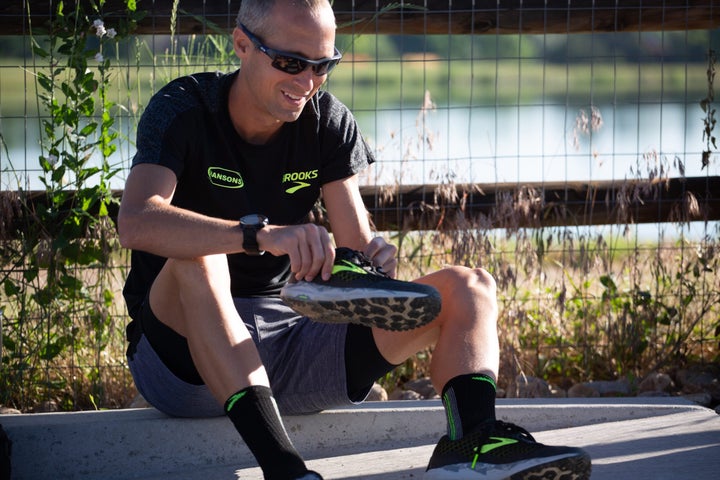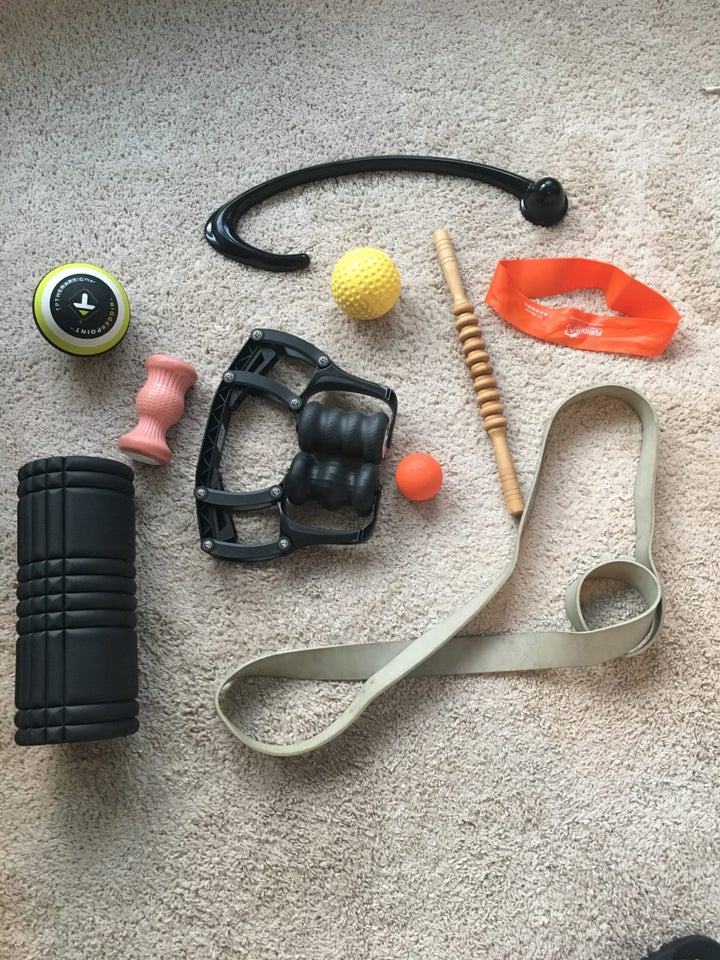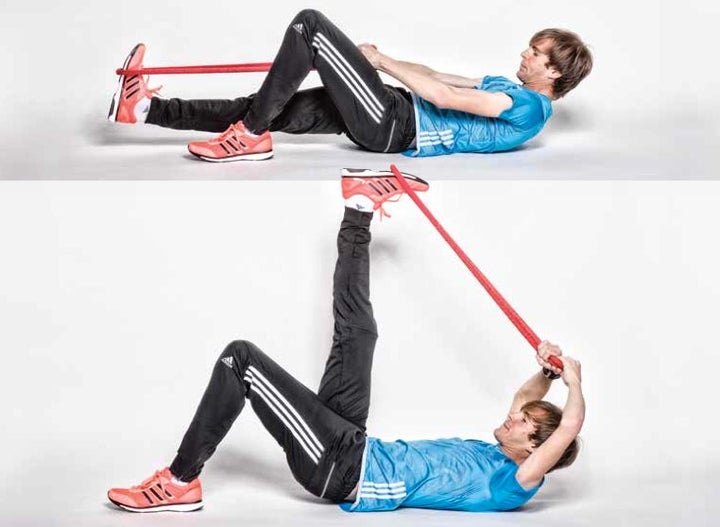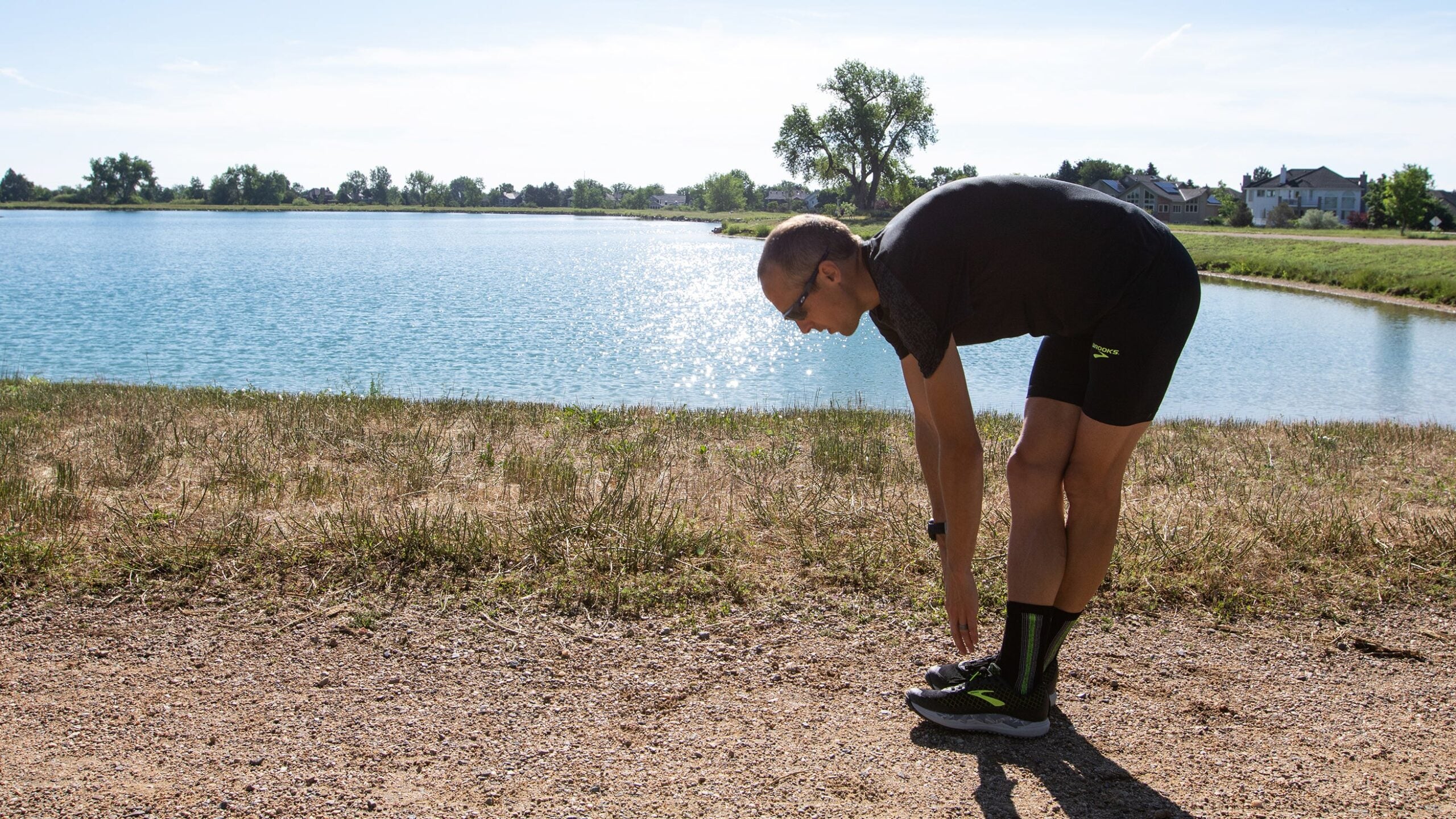Like many long time runners, when I first started training seriously, I was able to roll out of bed put my shoes on and go straight into my normal daily training. Likewise, I could finish a training session and with no thought at all move on to the rest of my day.
Youth gives you the amazing ability to train and recover with almost no additional thought or focus on anything else. I relish those days because now my pre- and post-run routine is closer to what an airplane goes through prior to take off. With each year that passes I get more and more boxes that need to be checked off before I give my body the go ahead to get out the door.

Our bodies are like any other vehicle. Just like a new car, in youth, we are smooth and powerful. Without proper maintenance, however, wear and tear eventually leads to break down and rough running. Over the years I have slowly changed my pre- and post-run protocol to adopt a different philosophy than when I was young.
When I was younger I use to think of recovery as getting something to eat right away and taking an ice bath. Now much of my warm up and cool down focuses on getting the structure of my body ready so I can get the most out of my upcoming training session and making sure that it is ready to turn around in a few hours to do it all again. Training 110 miles per week means putting in good quality and quantity, day in and day out, and that is the secret to success over a long career.
Rolling and Activation
After being up for an hour or two I start my pre-run rolling and activation exercises. These usually will take me around 30 minutes and I try to hit every part of my lower body to get the tissues loosened up and firing well. Here’s a look at my therapy tool bag.

I start with identifying areas that I feel are not symmetrical. Over the last 10 years I have come to believe that having proper joint movement and free-moving fascia (tissue surrounding your muscles) is the first step before we start running. If those things aren’t moving well, it won’t really matter if the muscles are firing well or warmed up.
The therapists I work with every week focus intensely on joint and fascia movement since they are the experts, but I do an abbreviated “self evaluation and treatment” session before each run. If I feel an area is not moving well, right off the bat I use my therapy tools to pin and stretch those tight and restricted spots. I also have certain areas that I know are just vulnerable to me at all times. I hit these areas first then I move on to light rolling of the actual muscles to warm the tissue and create blood flow. I try to hit each muscle for a couple minutes to get the blood pumping.
After making sure my body is limbered up and warm, I go through a series of exercises to get my muscles firing before I start running. I focus mostly on my glutes and hips. Simple exercises such as clam shells, fire hydrants, glute bridges, rotational squats are great options. Just a couple minutes will get your hips moving well and your heart rate up slightly.
Warm-Up and Cool-Down Drills
I start my run easy and just go off feel for the first 20 minutes. Whatever pace my body tells me, I don’t really look at my watch. If it is an easy day or easy long run I just keep going off feel and really don’t try to hit any specific pace.
If I am doing a workout I usually stop at that point and go through a full set of my dynamic flexibility and running drills before starting the quality portion of my training. I start with 5–10 minute series of dynamic movements that get all the major muscle groups ready to perform at full range of motion.
I follow the dynamic flexibility exercises with 15-minutes of form drills that reinforce powerful running movements and enhance the connection between the muscles and the brain.
When I finish a run or workout I immediately get my recovery drink. Then I go right into doing my same dynamic flexibility routine I use after my warm up.
Back to the Hips
I follow this right away with a few minutes of exercises with bands for my glutes and hips again. Exercises similar to my pre-run such as clam shells, fire hydrants, donkey kicks etc. As you can tell I place a big emphasis on making sure those muscles are firing well.

I have found that spending just a couple minutes doing these exercises right after a run, when fatigue has set in, helps the body break bad habits that it picked up over the course of a training session. When we get tired, our form tends to breakdown and we settle into “survival mechanics.” If you get right into the car and sit on your butt for the rest of the day, those neurological patterns remain and it’s harder to break the cycle for the next run.
The next step for me is 5–10 minutes of active-isolated stretching. Active-isolated stretching, unlike static stretching, is a series of stretch and relax movements that do not hold the stretch for more than 1–2 seconds. A good resource for these is The Whartons’ Stretch Book. I started incorporating these into my training years ago when I saw Meb Keflezighi doing them. He only got better with age and was a huge inspiration on me for how all these little routines added up over the years.

Learning these drills, exercises and stretches over the years from some of the world best coaches, athletes and therapists has been one of the biggest reasons I have been able to keep my body going over the years at such a high level. Even being in my mid-late 30’s, with nearly 100,000 miles on my legs, all these little routines have allowed me to maintain greater flexibility, training load and athleticism than many athletes who are much younger.
Routines that seem insignificant add up and they become second nature. Consider adding a few of these into your pre- and post-run ritual to keep your body running like a well-oiled machine. If you can spend just 20–30 mins on each side of your run developing good habits it will pay dividends years down the road.


